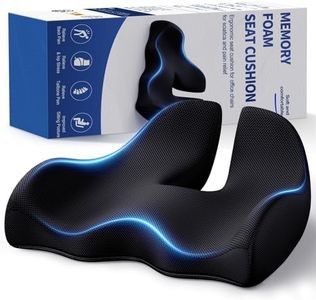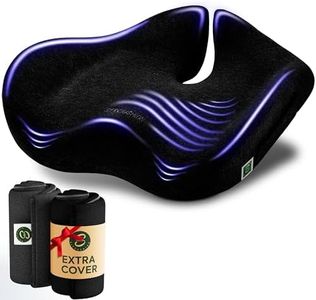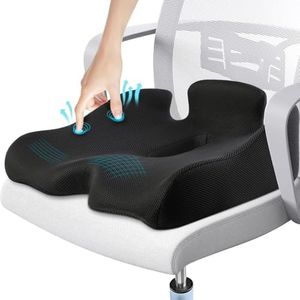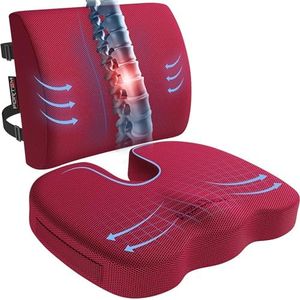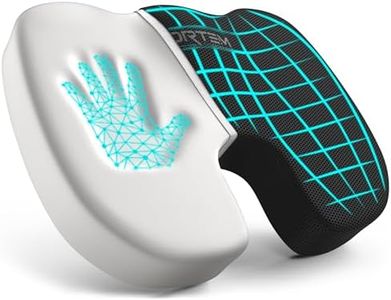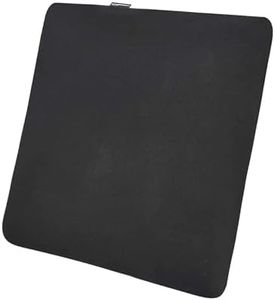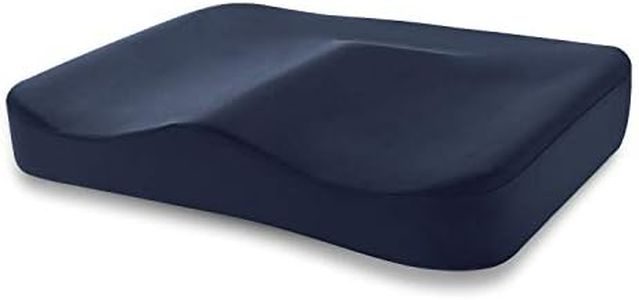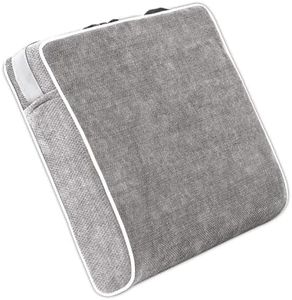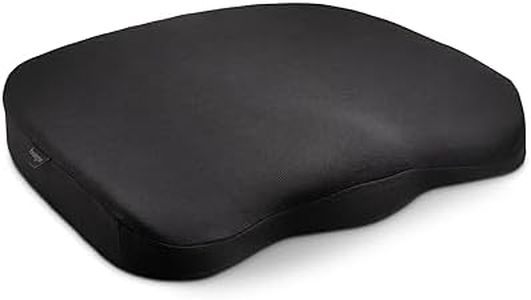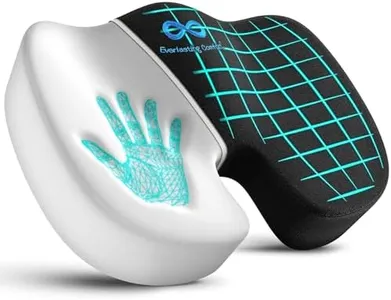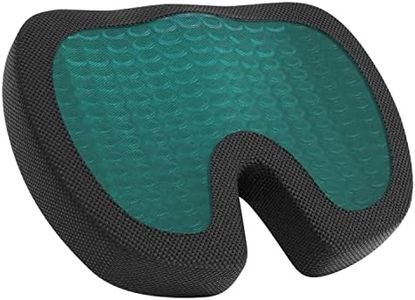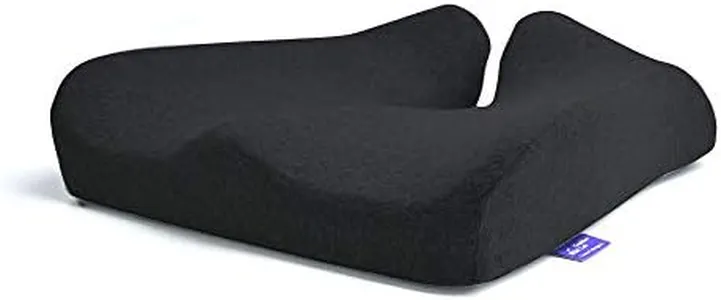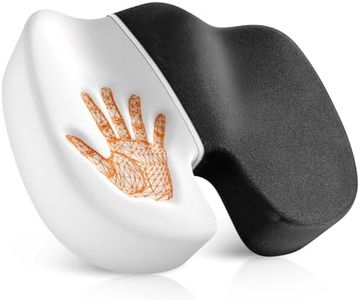We Use CookiesWe use cookies to enhance the security, performance,
functionality and for analytical and promotional activities. By continuing to browse this site you
are agreeing to our privacy policy
10 Best Office Chair Seat Cushions
From leading brands and best sellers available on the web.Buying Guide for the Best Office Chair Seat Cushions
When picking an office chair seat cushion, your main goal is to increase comfort and support during long hours of sitting. Before making your choice, think about how much time you spend sitting, whether you have any back or hip discomfort, and the type of chair you have. The right cushion can help improve posture, reduce pain, and make your workday much more pleasant. However, not all seat cushions are the same; they come in different shapes, materials, and firmness levels. Understanding these key features will help you choose a cushion that best matches your needs and preferences.MaterialThe material of a seat cushion affects comfort, breathability, durability, and support. Common choices include memory foam, gel, latex, and regular foam. Memory foam provides contouring support and is good for pressure relief. Gel adds cooling properties and helps prevent heat buildup. Latex is supportive and usually long-lasting, while regular foam is lightweight but may not offer long-term support. If you sit for extended periods or get warm easily, gels or breathable materials might suit you best; if you want maximum cushioning and pressure relief, memory foam is a top pick.
FirmnessFirmness refers to how soft or hard the cushion feels when you sit. Softer cushions can feel cozy but may flatten quickly, while firmer cushions offer stable support and keep their shape longer. If you have discomfort in your lower back or hips, a medium-to-firm cushion often works well because it supports proper posture without being too hard or too soft. Lighter individuals might prefer a softer cushion, while heavier users usually benefit from a firmer, more supportive pad.
Shape and ContourSeat cushions come in various shapes—flat, contoured, or with special ergonomic cutouts such as a coccyx (tailbone) design. Contoured cushions help align your spine, distribute weight evenly, and relieve pressure at key points. A coccyx cutout can be especially helpful if you experience tailbone pain. For general comfort, a gently contoured or slightly U-shaped cushion may work for most people, but if you have specific pain areas, look for targeted ergonomic designs.
Size and ThicknessThe size of the cushion must match your chair and body shape. Too small and it won’t provide proper support; too large and it might not fit your chair or support your back as intended. Thickness matters too: thin cushions are more portable and less intrusive, while thicker ones offer more padding but might lift you higher than desired. Consider your chair dimensions, your own size, and how much elevation you can handle before your desk feels too high or uncomfortable.
Cover and CareMost cushions come with a removable, washable cover, which is important for hygiene and easy maintenance. Look for covers made from breathable fabrics, especially if you tend to get warm, and check if the cover can be easily removed and washed. A non-slip bottom can also keep the cushion in place, adding to your comfort.
